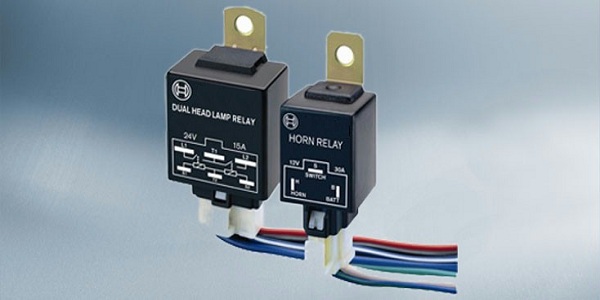
Relays are available in different forms like a different style, technology and so on. The right kind of relay will differ from the application you seek from the device. Industrial Architects can give you an excellent professional opinion about it. According to http://www.cpri.in/about-us/departmentsunits/power-system-division-psd/psd-protection-and-field-services-wing/relay-testing-lab.html relays are a tremendous alarming device used in security systems. A relay that is suitable for a person might not be ideal for your requirement. It is pretty obvious as the requirement can differ from application to application. You can select the best type of relay by analyzing the advantages and disadvantages they have got in terms of its construction and implementation.
First, you must know about the types of relays, and they are :
- Reed relays
- FET switches
- Electromechanical relays
- Solid State Relays
These are the basic types of ATE application. Let us talk about their strengths and weaknesses hereon. Starting with the most common one that is electromechanical relay have a shorter lifespan than many different types of a relay. However, it is more widely available in both non-latching and latching variants. It finds its application in a substantial number of switch modules. Most commonly used as compared to any other type of relay available in the market. The contacts are considered to be very reliable in this type of relay. They are versatile and come at an affordable pricing.
Reed relays are somewhat similar to the electromechanical types. The contacts of this kind are smaller and have less mass than those in other types of relays. The pace at which a reed relay switches is much higher than in case of an electromechanical relay. The contacts have less mass that encourages the connections to switch at a faster pace. There are more advantages to this variant that other kinds of relay options. One suggestion is that reed relay must not be used for extremely low voltage as it can produce you an alarming noise in the device. It can cause a disturbance in the process of taking measurements.
Solid state relays, just like the name suggests does not have any moving parts. This gives it a low maintenance credit as there is rarely any wear and tear. These are very fast because of the employ microprocessors also. The switching time is accurate as there are no movable parts. It is substantially reliable concerning how long it lasts. However, these are useful only for high voltage application. When the circuit is closed the resistance is negligible for an SSR, and as soon as it is open, there is infinite resistance in the circuit.
FET switches are not just the usual mechanical switches. It uses CMOS transistors in series to deliver a switching function. The gates of the transistor are driven directly in this case instead of driving an LED first and then the transistor gates. The switching speed is hence faster as the transistor operation happens instantly. Multiplexer configurations employ the FET switches making it ideal for low voltage and high-speed application. Now you can analyze your requirements and decide which relay is going to meet your demands more closely.
Watch Also : Types of Relay – Different Types of Relay – Classification of Relays

